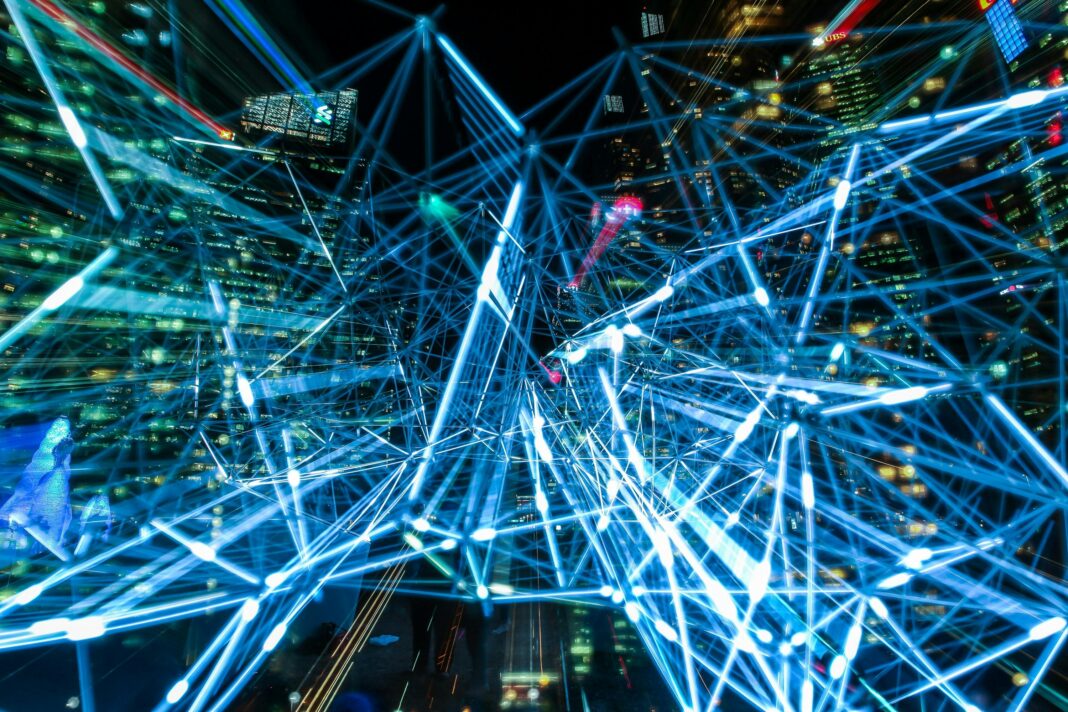Cybersecurity is a critical concern for businesses, governments, and individuals. As cyber threats grow in complexity, traditional security measures struggle to keep pace. Artificial Intelligence (AI) is emerging as a powerful tool to enhance cybersecurity by detecting threats faster, automating responses, and predicting attacks before they happen.

This article provides an in-depth exploration of how AI is transforming cybersecurity. We will examine key applications, real-world case studies, challenges, and future trends. By the end, you will understand how AI can be integrated into security strategies to protect against evolving cyber risks.
1. AI-Powered Threat Detection and Prevention
1.1 How AI Enhances Traditional Threat Detection
Traditional cybersecurity relies on signature-based detection, which identifies known malware and attack patterns. However, this method fails against zero-day exploits and sophisticated attacks. AI improves threat detection by using machine learning (ML) to analyze vast datasets and identify anomalies.
- Behavioral Analysis: AI monitors network traffic, user activity, and system behavior to detect deviations from normal patterns.
- Real-Time Monitoring: Unlike rule-based systems, AI continuously learns and adapts, improving detection accuracy over time.
- Reducing False Positives: AI minimizes unnecessary alerts by distinguishing between legitimate anomalies and genuine threats.
1.2 Machine Learning Models in Cybersecurity
Different ML models are used in threat detection:
- Supervised Learning: Trains AI on labeled datasets (e.g., known malware samples) to classify threats.
- Unsupervised Learning: Detects unknown threats by clustering unusual behavior without prior labeling.
- Reinforcement Learning: AI improves decision-making through trial and error, optimizing security responses.
Case Study: Darktrace’s Enterprise Immune System uses unsupervised learning to detect insider threats and advanced attacks in real time.
1.3 AI in Malware Detection
- Static Analysis: AI scans file attributes (e.g., code structure) to identify malicious software.
- Dynamic Analysis: AI observes malware behavior in a sandbox environment before execution.
- Heuristic Analysis: AI predicts new malware variants based on past attack patterns.
Example: Cylance (BlackBerry) uses AI to block zero-day malware with a 99% detection rate.
2. Automated Incident Response with AI
2.1 How AI Accelerates Threat Mitigation
When a cyberattack occurs, response time is critical. AI automates incident response by:
- Prioritizing Alerts: AI ranks threats based on severity, reducing alert fatigue for security teams.
- Automating Containment: AI isolates infected devices, blocks malicious IPs, and terminates suspicious processes.
- Self-Healing Systems: AI can restore compromised systems by rolling back to safe states.
Example: IBM’s Watson for Cybersecurity analyzes threat intelligence and suggests remediation steps in seconds.
2.2 Security Orchestration, Automation, and Response (SOAR)
SOAR platforms integrate AI with security tools to streamline workflows:
- Automated Investigations: AI correlates data from multiple sources (firewalls, SIEMs, endpoints) to identify attack patterns.
- Playbook Execution: Predefined response protocols are triggered automatically, reducing human intervention.
Case Study: Palo Alto Networks’ Cortex XSOAR reduces incident resolution time by 80%.
2.3 Challenges of AI-Driven Automation
- Over-Reliance on AI: Lack of human oversight may lead to incorrect actions.
- Adversarial Attacks: Hackers can manipulate AI models to bypass security controls.
3. Behavioral Biometrics and AI-Driven Authentication
3.1 How AI Enhances Identity Verification
Passwords and two-factor authentication (2FA) are vulnerable to phishing and credential stuffing. AI improves security through:
- Behavioral Biometrics: Analyzes typing speed, mouse movements, and device usage to verify users.
- Continuous Authentication: AI monitors sessions in real time, flagging suspicious behavior.
Example: Mastercard’s AI-powered system reduces false declines by analyzing transaction behavior.
3.2 AI in Fraud Detection
Financial institutions use AI to detect fraudulent transactions by:
- Anomaly Detection: Flagging unusual spending patterns.
- Predictive Risk Scoring: AI assesses the likelihood of fraud before approving transactions.
Case Study: PayPal’s AI prevents $4 billion in fraud annually.
4. Predictive Cybersecurity and Risk Management
4.1 AI for Proactive Threat Intelligence
AI predicts cyber threats by analyzing:
- Historical Attack Data
- Dark Web Activity
- Emerging Hacker Tactics
Example: Google’s Chronicle AI analyzes billions of security events to predict breaches.
4.2 Vulnerability Management with AI
AI identifies weak points in systems by:
- Scanning for Unpatched Software
- Simulating Attack Scenarios (Penetration Testing)
- Recommending Security Patches
5. Challenges and Ethical Concerns
5.1 Adversarial AI and Cyberattacks
Hackers use AI to:
- Generate Deepfake Phishing Attacks
- Evade Detection with Polymorphic Malware
- Automate Brute-Force Attacks
5.2 Bias and Privacy Risks
- AI Models May Overlook Certain Attack Vectors
- Mass Surveillance Concerns
6. The Future of AI in Cybersecurity
- Quantum AI for Faster Threat Analysis
- AI-Powered Deception Technology (Honeypots)
- Self-Learning Autonomous Security Systems
FAQ
Q: Can AI fully replace human cybersecurity experts?
A: No. AI assists analysts but cannot replace human intuition and strategic decision-making.
Q: Is AI cybersecurity only for large enterprises?
A: No. AI solutions are scalable for small businesses, with cloud-based options available.
Q: How can hackers exploit AI?
A: Through adversarial attacks, data poisoning, and AI-generated social engineering scams.
Conclusion
AI is revolutionizing cybersecurity by enabling faster threat detection, automated responses, and predictive defense. While challenges exist, AI-driven security is becoming essential in combating modern cyber threats. Organizations must adopt AI responsibly, combining it with human expertise for optimal protection.

